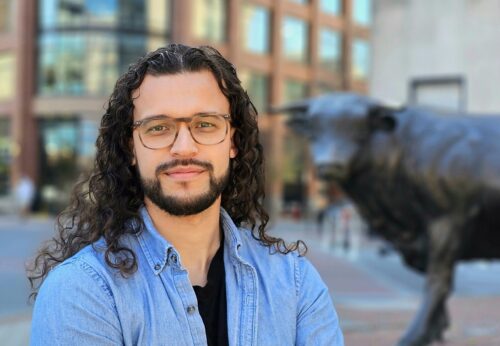It wasn’t until she was in high school, that Mari Pachuca learned she didn’t have a Social Security number. Pachuca knew she was undocumented. She was brought to Washington state by her parents at age six and raised by her mother. But the real implications of her legal status only became apparent after graduation. Pachuca was an excellent student and won enough scholarship money to attend the University of Washington for an academic quarter. But, because she was undocumented, she didn’t qualify for federal loans and had to drop out.
Lack of legal residency didn’t just hamper Pachuca’s education. She needed a Social Security number to join the gym. Her boyfriend, a big outdoors enthusiast, took her to obtain a state fishing license. Again, she was rejected.
I can apply for a bank loan for a mortgage, but without legal residency, I can’t apply for a loan to further my education.
The day President Barack Obama announced the Deferred Action for Early Childhood Arrivals (DACA) program, was one of Pachuca’s happiest. DACA grants work permits and protection from deportation to select immigrants who came to the United States as children. “It was unbelievable,” she says. Obtaining DACA approval allowed her to apply for work. It meant she could drive a car.
But DACA isn’t enough. The major difference immigration reform would bring to Pachuca’s life is access to education; with DACA, she is not eligible to apply for federal student loans. “I can apply for a bank loan for a mortgage,” she says. “But without legal residency, I can’t apply for a loan to further my education.” Pachuca once harbored dreams of becoming a doctor and has paid her way through two years of community college. Now she feels that a medical degree may not be feasible; without access to student loans, she’d have to attend school part-time in order to work—something medical students cannot do. Still, she’s not giving up on an ambitious career.
Two years after becoming an employee at a store in Tacoma in January 2013, Pachuca was placed on the management track. Now she’d like to earn a business degree.
Without access to federal financial aid, that will require juggling long hours at work with classes. “It’s hard, a struggle to be sure,” she says. Pachuca is smart and determined enough that she will eventually earn her college degree. The U.S. immigration system, however, has made her path there years-long, and it has held her back from her first dream: becoming a doctor serving women and families.



